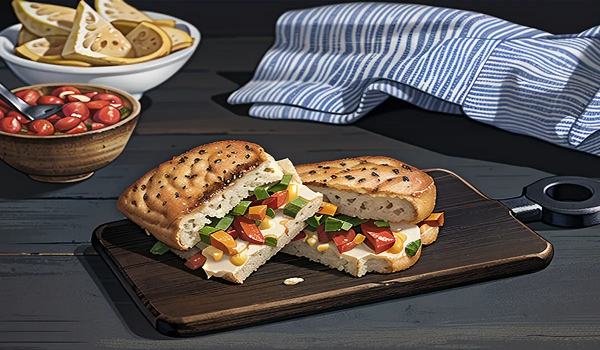Nestlé is set to revolutionize the food market with the launch of its Vital Pursuit range, a new line of frozen-ready meals tailored for users of GLP-1 obesity medications such as Wegovy and Ozempic. This move marks a significant step in addressing the specific dietary needs of a growing demographic using these appetite-suppressing drugs.
The Vital Pursuit range, featuring 12 different products including wholegrain bowls, protein pasta, sandwich melts, and pizzas, is expected to hit shelves by the fourth quarter of this year. Priced at $4.99 or less, these meals are “portion-aligned to a weight loss medication user’s appetite,” offering a convenient solution for those experiencing reduced hunger due to GLP-1 medications.
GLP-1 drugs, such as Wegovy and Ozempic, have seen a surge in use across the US and Western Europe. Originally approved by the FDA for Type 2 diabetes (Ozempic in 2017) and weight loss (Wegovy in 2021), these medications help users manage obesity by suppressing appetite. As a result, there’s a growing market for food products that cater to the unique nutritional needs of GLP-1 users.
One of the primary challenges for GLP-1 users is maintaining adequate muscle mass due to reduced food intake. Hamish Renton, managing director at UK-based HR Global, highlights the importance of protein intake for these individuals, emphasizing that a lack of protein can lead to muscle loss. Nestlé aims to counter this with high-protein, portion-controlled meals designed to
While some analysts see the Vital Pursuit range as a promising solution, others remain skeptical about its appeal. Renton warns that the processed nature of items like pizzas and sandwich melts may not satisfy all consumers. Additionally, he points out that relying solely on ready-to-heat meals could prevent users from developing necessary cooking skills, potentially limiting the range’s long-term appeal.
Nicholas Fereday of Rabobank acknowledges that convenience is crucial for GLP-1 users, especially given the common side effect of nausea. However, Renton argues that Nestlé’s approach might “infantilize” users by not encouraging self-sufficiency in meal preparation, potentially impacting repeat sales.
Another concern is the price point of Vital Pursuit meals. Hannah Cleland from GlobalData notes that while affordability is important, many GLP-1 users are affluent due to the high cost of these medications. She suggests that there might be a market for premium, high-quality meal options that better resonate with this demographic.
Nestlé plans to initially launch Vital Pursuit in the US, with potential expansion to other regions. Fereday believes that the range could eventually thrive in Western Europe and other markets with high obesity rates. He also sees potential for other food companies to enter this space, leveraging existing products and adjusting them to meet the needs of GLP-1 users.
While the Vital Pursuit range faces hurdles, Renton sees it as a critical first step in addressing a growing market segment. He suggests that Nestlé’s initiative could pave the way for future innovations in the food industry, catering to the evolving needs of consumers on GLP-1 medications.
“This is a tool that the medical profession is certainly going to be using in our lifetimes,” Renton concludes. “If people get it and understand it, then it’s something that really works.”
The launch of Vital Pursuit underscores Nestlé’s commitment to adapting to consumer needs and staying at the forefront of market trends, setting a precedent that others in the food industry may soon follow.


